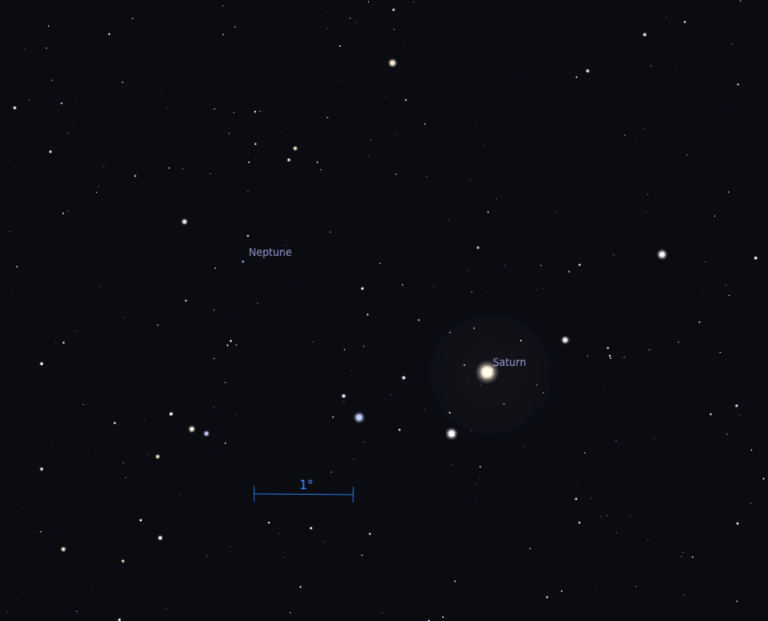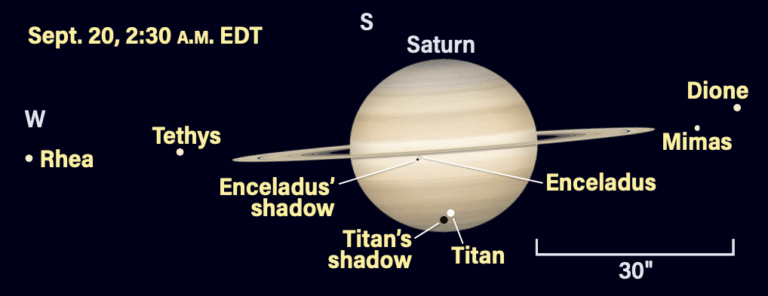Key Takeaways:
A phantom among the bright galaxies, M74 is one of the closest and largest face-on spirals in the sky — yet it is difficult to observe, especially from light-polluted areas. Under a dark sky, the galaxy is a wonder. Just 32 million light-years away in Pisces, this grand-design spiral of 100 billion stars sports perfectly symmetrical spiral arms unwinding from a blazing core.
The galaxy’s entire disk, tilted only 5° away from face-on, has undergone active star formation within the past 500 million years. By contrast, its inner regions have a dearth of young stellar specimens — an example of how galaxies regulate star formation over time. Thick dust lanes also join the arms out to a quarter of a revolution before they begin to thin.
Pierre Méchain discovered M74 in 1780 and wrote to Charles Messier: “It is quite broad, very dim, and extremely difficult to observe.” Indeed, to this day, M74 has proven to be the most troublesome and elusive object in Messier’s catalog. The problem is that the galaxy’s large apparent size (11′) and low surface brightness (14.4 magnitudes per square arcsecond), requires a very dark sky to be seen. If the skies are dark enough, however, skilled observers can pick out the galaxy using humble binoculars.
M74 lies about 1¼° east-northeast of Eta (η) Piscium. A 4-inch telescope at low power will show it as a ghostly globe of uniform light surrounding a bright, starlike nucleus. Moderate magnifications give more definition to the central region. Higher powers show a stellar dappling to the disk, which led John Herschel to mistake this object for a globular star cluster partially resolved. In 1861, Lord Rosse “felt confident it was a spiral.” Not until 1893, however, did Welsh astronomer Isaac Roberts finally image it as a “perfect and beautiful spiral.”
With patience, a moderate-sized telescope can bring out the spiral structure. Even then, the arms are like phantoms, materializing and fading from view. Larger telescopes will show them well.
Make sure to explore Astronomy’s full list of 101 cosmic objects you must see. New entries will be added each week throughout 2022.
To get the latest astronomical news and observing content delivered directly to your door, subscribe to Astronomy magazine today!










